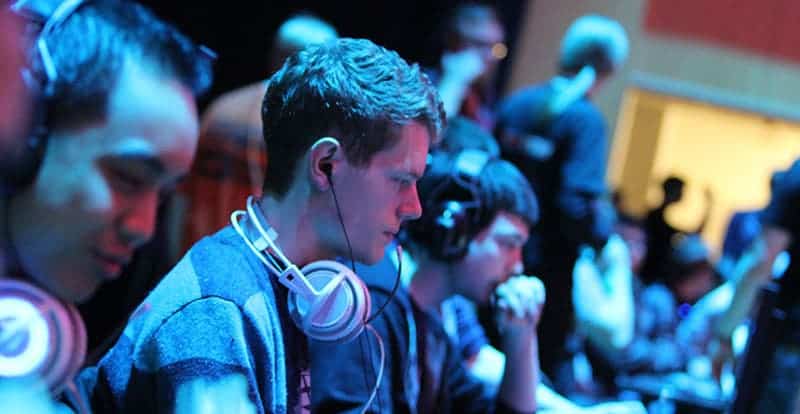All those hours of leveling up your character have finally paid off – a new study conducted by Australian and Chinese researchers suggests that playing computer games not only increases the amount of grey matter in your brain, but also promotes better connectivity between different areas of the brain.

Even after all these years, people who often play computer games still get a lot of bad rep in many circles of society – but that’s likely to change in the near future, as more and more studies showed that not only does it not hurt you (except for wasting copious amounts of time), it might actually help you. Gaming has been linked to brain thickening (which is a good thing), it improves spatial orientation, it improves eyesight and reflexes, and despite what many people think, it might actually make you more social and polite. Also, it should come as no surprise that gaming improves brain connectivity – after all, most of today’s computer games require active participation and a mixture of very different types of thinking.
A team led by researchers from the University of Electronic Science and Technology of China and Macquarie University in Sydney, used functional MRI (fMRI) scans to analyse the brains of 27 gamers who have achieved professional, or ‘expert’, levels of playing action video games (AVG), having won regional and national championships in League of Legends or DOTA2.
The team, led by researchers from researchers from the University of Electronic Science and Technology of China and Macquarie University in Sydney, used functional MRI (fMRI) scans to analyse the brains of 27 gamers who achieved professional status or at least had an ‘expert’ status. The team then compared the results with those from people who don’t typically play games and noted the results.
The results showed increased activity for gamers in an area called the insular cortex – typically associated with ‘higher’ cognitive functions such as empathy and compassion, but also with the ability to focus. The image below below reveals what they found; the anterior (green), transitional (yellow) and posterior (red) regions of the brain showed greater connectivity in gamers.
This really shouldn’t shock anyone – competitive computer gaming is… well, competitive, especially with the huge money influx in games like Dota2 or League of Legends (they already have multi-million tournaments) – so you’d expect players to be really good at it, and have a better ability to concentrate, reason and make quick decisions that most people.
“By comparing AVG experts and amateurs, we found that AVG experts had enhanced functional connectivity and grey matter volume in insular subregions,” the team writes in Scientific Reports. “Furthermore, AVG experts exhibited increased functional connectivity between the attentional and sensorimotor networks, and the experience-related enhancement was predominantly evident in the left insula, an understudied brain area. Thus, AVG playing may enhance functional integration of insular subregions and the pertinent networks therein.”
Journal Reference: Diankun Gong, Hui He, Dongbo Liu, Weiyi Ma, Li Dong, Cheng Luo & Dezhong Yao, Enhanced functional connectivity and increased gray matter volume of insula related to action video game playing. Scientific Reports, doi:10.1038/srep09763




